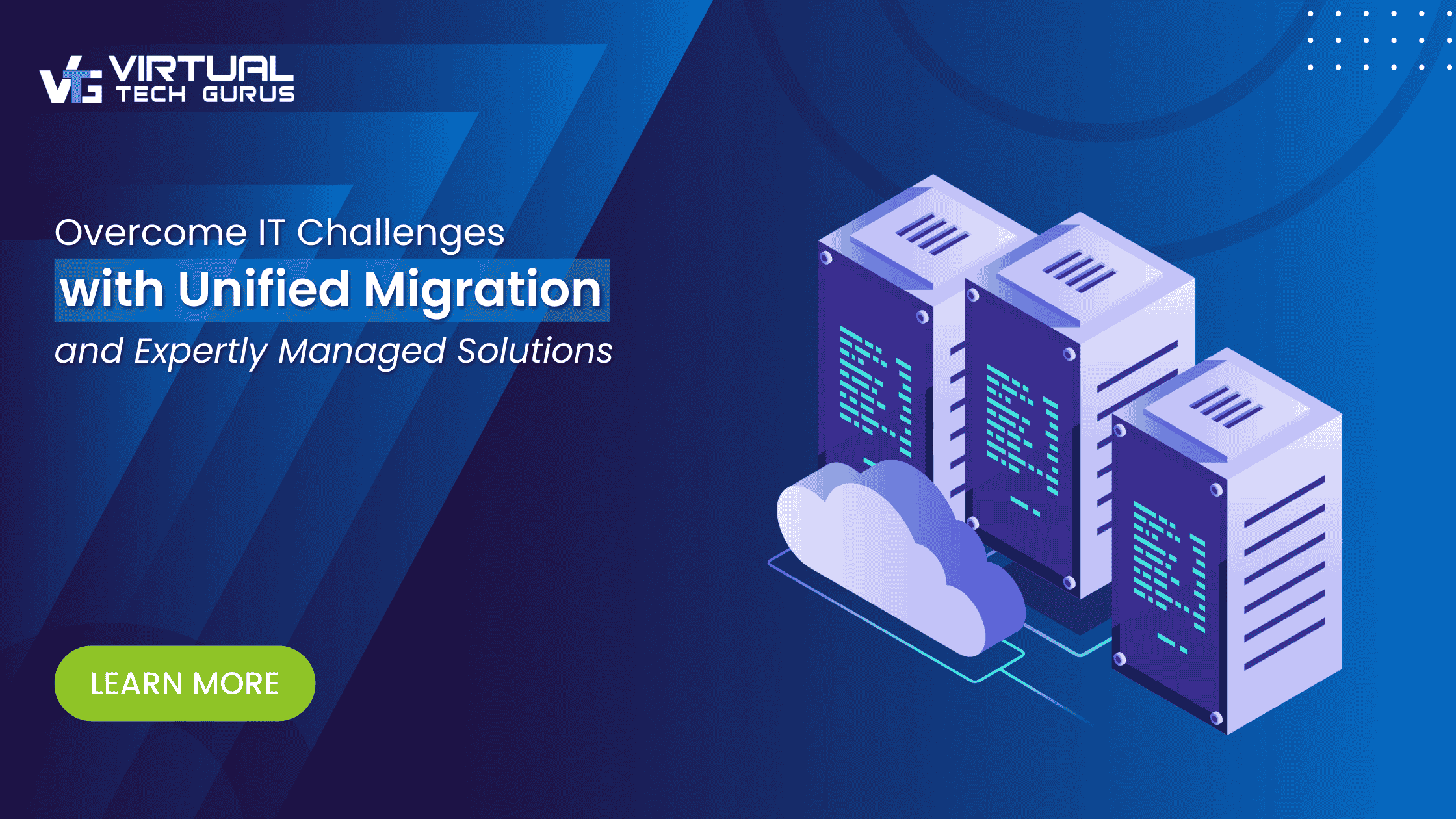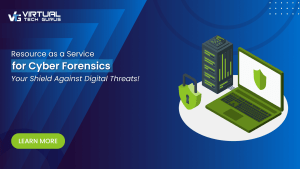Overview
Virtual Tech Gurus (VTG) helped a major insurance company transform multiple datacenters to improve support of 900 different applications and meet the needs of the business more effectively.
VTG carried out an independent review and developed a phased approach that fixed recurring support failures and carried out the transformation quickly and efficiently. By using ZENfraTM, our proprietary migration tool, we managed and monitored the process some 30 percent faster than traditional methods.
The transformation enabled the company to reduce hardware, software and datacenter costs by 30 percent. It also lowered operating costs by 20 percent through standardization and automation. According to the client, “VTG independently reviewed our business requirements and recommended the best of breed to match our business needs as well as cost saving.”
Background
The insurance company operated multiple datacenters to support 900 applications critical to productivity, customer service and regulatory compliance.
The existing infrastructure included EMC storage, EMC backup, VMware, AIX, HPUX, Solaris and Oracle ASM. However, the infrastructure was not designed to meet the recovery point objectives (RPO) and recovery time objectives (RTO) of the applications. There was no infrastructure standardization or defined SLAs, and operations did not follow industry best practice. The company was experiencing multiple support failures and the IT team was spending time on fixing issues rather than resolving root causes. As a result, the team had no time to spend on migration.
To improve performance, the company wanted an independent specialist to analyze their environment and create a datacenter transformation to meet their operational and business needs.
Challenges
The transformation had to deliver higher standards of reliability and reduce software, hardware and operational costs. It had to reduce the risk of support failures, meet RPO and RTO requirements, and provide higher levels of availability to users. The planned transformation had to be completed within tight deadlines with minimal downtime or disruption to business processes.
Approach
VTG took a multi-phased approach to the project, fixing customer issues and carrying out detailed analysis to ensure operational readiness before carrying out the migration and completing the transformation.
Operational Readiness
The operational readiness phase included four important tasks:
- Inventory and data collection
- Analysis
- Workshop and recommendations
- Remediation and automation
Inventory and Data Collection
We interviewed the company’s operations team to understand the existing operational issues and collected data from storage, compute and backup environments.
Analysis
We validated the customer environment against their internal standards and industry best practice using our ZENfraTM migration tool. Within two weeks of the project, we were able to fix VMWare and ongoing backup issues with a few minor adjustments.
Workshop and Recommendations
To present and discuss our findings, and to gather more information, we conducted a one-day workshop with the operations team. We made recommendations on the basis of our findings and discussed options for prioritizing and fixing outstanding issues.
Remediation and Automation
We used our findings to create a remediation plan, then worked with the operations team to create automated process using ZENfraTM to tackle current problems, including:
- High availability issues across the compute environment
- Storage performance issues and replication inconsistencies
- Backup schedule failures and replication
Within 90 days, we were able to eliminate backup failures, storage performance issues, and VMWare availability and resource issues. The remediation and automation project helped their team eliminate time spent firefighting day-to-day issues. Instead, the project freed them to focus on redesigning their infrastructure.
Datacenter Transformation
Using data collected during the operational readiness phase, we created a baseline of the customer environment for the transformation effort.
The transformation phase included:
- Application rationalization and catalog
- Additional data collection
- Application SLA definition
- Datacenter standards definition
- Migration and implementation
- Automation
Application Rationalization and Catalog/Additional Data Collection
For 60 days we ran data collection across all servers and collected information on applications and application dependencies. We compared the data with information in the customer configuration management database (CMDB).
This enabled us to map the applications to the infrastructure and correct any dependency issues in the CMDB.
Application SLA Definition
We interviewed the application team to understand the business requirements for each application. This enabled us to define SLAs, RPO and RTO for each application.
Datacenter Standards Definition
Using the RPO and RTO requirements, we created standards for each tier and each technology, including database, compute, storage, backup and cloud.
Key tasks included:
- Creating Oracle ASM, AIX cluster and synchronous replication for Tier 1 applications. Standards included backup clones, snapshots and backup compression with the replication
- Moving Tier 3 applications with disaster recovery to the cloud
- Moving Business Intelligence (BI) applications to the cloud using microservices
- Migrating email to a hybrid cloud option with Office 365
- Developing hyperconverged solutions for remote offices, together with backup to the datacenter with source compression
Migration and Implementation
Using data from the application catalog, we redesigned the infrastructure and consolidated hardware and software as part of the migration.
This process included:
- Reducing the compute footprint by consolidating and using the latest hyperconvergence technologies, with cloud deployment for peak workloads, development tasks and BI
- Using flash, compression and object storage to reduce the storage footprint and lower costs
- Leveraging source and target compression to reduce the backup footprint and improve backup and restore needs
- Consolidating 19 different replication tools to 3
- Consolidating 6 different reporting tools to 1
Automation
To improve levels of automation, we looked at operational processes and defined the standard process for each tier implementation.
We created blueprints for each tier and created standard operating procedure based on discussions with the team and industry best practice. We also automated standard processes to create consistency in provisioning and configuration changes across the board. The increased levels of automation enabled the company to reduce its staff costs by 20 percent. Further automation is set to bring cost savings to 40 percent.
Outcomes
- Eliminated recurring support issues
- Reduced hardware, software and datacenter costs by 30 percent
- Created an SLA-defined environment with predictable infrastructure for application requirements
- Implemented consistent standards based on industry best practice
- Improved operational efficiency by standardization and automation
- Reduced operational costs by 20 percent
- Consolidated tools, hardware and datacenter resources to improve efficiency
- Carried out migration 30 percent faster than the equivalent time using standard methods
Working with VTG
VTG partners with your organization to enhance information technology departments, support roles, and provide integrated solutions. We work as part of your team, solving business needs and becoming a trusted partner.
We work closely with you to align business needs with technology. We identify solutions that offer a cost-effective approach by leveraging the technologies you currently have. Our team can move your applications and workloads to the cloud with ease. We help plan and oversee your company’s migration and help your business by reducing downtime and eliminating hardware costs.
For more information
Please contact your account manager or sales@virtualtechgurus.com





